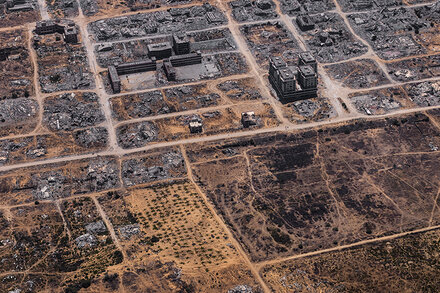Tropical Storm Imelda, a short-lived but historically impactful weather event, made landfall on the Texas Gulf Coast in September 2019, primarily known for its torrential rainfall and subsequent widespread flooding. Despite its modest tropical storm classification, Imelda delivered devastating precipitation totals to southeastern Texas and southwestern Louisiana, triggering a major flood crisis.
Formation and Track
Imelda rapidly developed from a tropical depression into Tropical Storm Imelda on September 17, 2019, while situated over the Gulf of Mexico. Its quick intensification and proximity to the coast meant little time for extensive preparation. The storm made landfall the same day near Freeport, Texas, with maximum sustained winds of 40 mph (65 km/h). Shortly after moving inland, Imelda weakened to a tropical depression, but its forward speed significantly slowed, allowing it to continuously draw moisture from the Gulf and produce extraordinary amounts of rain over the region for several days.
“The primary threat from Imelda was not its wind, but its capacity to dump immense amounts of rain,” noted a National Weather Service meteorologist at the time. “This storm lingered and tapped into an abundant moisture supply, leading to a flood event reminiscent of Hurricane Harvey in some areas, despite Imelda being a much weaker system.”
Devastating Rainfall and Flooding
The slow movement of Imelda proved to be its most destructive characteristic. Over a 72-hour period, parts of southeastern Texas received rainfall totals exceeding 40 inches (1,000 mm). Specifically, an unofficial measurement in Fannett, Texas, reported an astonishing 43.37 inches (1,102 mm) of rain. Other areas, including portions of the Houston metropolitan area and especially communities around Beaumont and Port Arthur, saw between 20 to 30 inches of precipitation.
This unprecedented rainfall overwhelmed drainage systems, leading to widespread flash flooding. Major interstates, including sections of I-10 and I-45, were rendered impassable. Thousands of vehicles were submerged on roadways, and countless homes and businesses were inundated with floodwaters, particularly in areas still recovering from Hurricane Harvey two years prior.
Impact on Communities and Emergency Response
The flooding from Imelda necessitated thousands of water rescues, as residents found themselves trapped in their homes or cars. Emergency services, local law enforcement, and volunteer groups worked tirelessly to evacuate stranded individuals. Shelters were opened across the affected region to accommodate displaced residents.
The severe weather resulted in at least five fatalities directly attributed to the storm, primarily due to drowning or medical emergencies exacerbated by the flooding. Property damage was extensive, with preliminary estimates reaching into the billions of dollars. Power outages affected tens of thousands of homes and businesses.
“Our communities faced an incredible challenge with Imelda’s rainfall,” stated Texas Governor Greg Abbott following the storm. “The swift and overwhelming nature of the flooding required an immediate and robust response, and we saw Texans helping Texans during a very difficult time.”
Federal and state emergency declarations were issued to facilitate resource deployment and aid recovery efforts. The slow recovery for some areas underlined the long-term impacts of such a significant rainfall event, even from a relatively weak tropical cyclone.
Source: Read the original article here.





